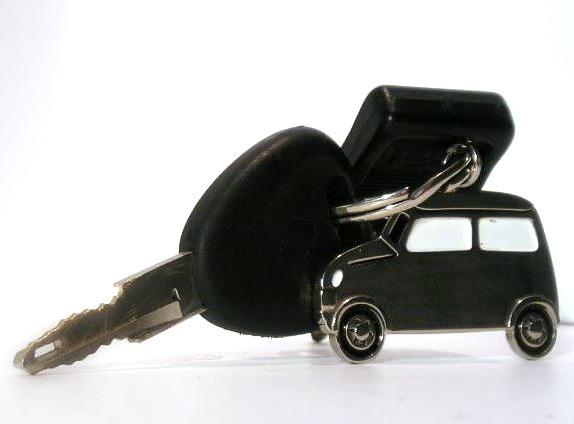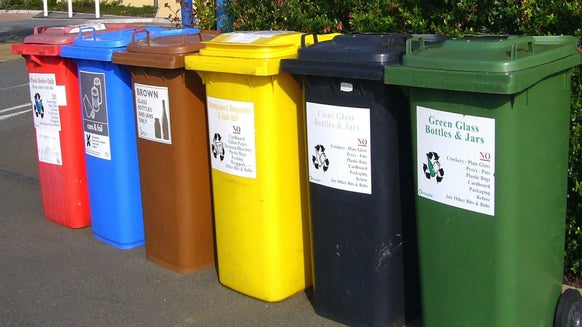Top Five Tips for Buying Your First Car

Congratulations, you’ve passed your driving test and it’s time to buy a car! It’s a liberating feeling and for many, the memory of their first car is one that stays with them throughout their driving career – so it’s important to make sure you find the right deal for many happy years on the road.
That’s why Motors.co.uk have compiled five key considerations to help you buy your first car securely and with confidence.

Tips For Buying Your First Car
- The Price
First and foremost, it’s a good idea to do your research prior to contacting any sellers or viewing a car, so that you can get a clear understanding of what your budget can get you.
When you’ve found a car within budget that ticks all the right boxes (whether you’re looking for style, comfort, economy or space), check that the price is in line with market values. You can do this by comparing it to car adverts for the same model of a similar age, mileage, condition and spec, both nationally and locally.
If the car you’re interested in appears to be under-priced, don’t be afraid to ask the seller questions around the condition, history and valuation of the vehicle to find out why – it could be a sign of previous damage or a red flag for fraud, so trust your instincts and remember that if it looks too good to be true, it probably is.
If it’s a little over-priced, you could use similar adverts as leverage to negotiate a discount, but don’t be afraid to look elsewhere if the seller isn’t willing to move on price. Ultimately, the “right price” for a car is what you think it’s worth.
- The History
It is important to gain confidence that the car has a known history and that everything “checks out”.
With an online history check, the car can be checked against government, police and insurance databases to check its history is valid. Websites such as Motors.co.uk include a basic history check on cars listed, and most dealers will have performed such a check too – so make sure you ask to see this. You can also pay a small fee to get further information from Experian and HPI. This will include whether there is any finance outstanding which is vital to ensure the seller has cleared any debts attached to the car.
Once you’ve done your research and have found a car you are happy with on paper, don’t be too quick to hand over any money. You may be keen to get the keys, but it’s crucial to meet the seller and view the car and its related documents in person before transferring your hard earned cash – in fact, it’s our firm advice not to pay a penny until you have seen the car and are satisfied with the conditions of the sale.
The viewing should take place at either a trade forecourt or a private residence; never a lay-by, service station or public car park. It’s also wise to check the identity of the seller, and that the address listed on the front of the logbook (V5C document) matches up with the address you have visited - although you won’t be able to take any documents away with you until the sale has been finalised and you are ready to register as the vehicle’s new keeper.
- The Test Drive
It’s important (and perfectly reasonable) to test drive any vehicle you are considering purchasing before you commit to buy, so make sure you take your licence with you (and glasses if you need them!) when you go to view the car.
Don’t worry about asking too much – a reputable dealer will be happy for you to test drive as many cars as you like (and some are even measured on the number of test drives, rather than simply the number of sales they make). Private sellers, too, should be willing to accompany you on a test drive provided you are properly licenced and the right insurance is in place.
If possible, it may be worth taking a friend or family member who is well informed about cars to help assess it, as well as providing an objective source of advice to make sure you buy the right one.
When checking the exterior and condition, remember that all of the tyres should be the same size, and both tyres on one axel should be the same make. Different coloured body panels could be an indication of replacement parts, so don’t be afraid to ask the seller about this – particularly if you spot anything that isn’t reflected in the paperwork. Dents or scratches, scuffed wheels or damaged upholstery should be accounted for in the final sale price of the car, but don’t feel pressured into buying with the hope that any issues can be fixed later. Ultimately prevention is better than cure, so if something doesn’t look right, just walk away.

- The Documentation
A good way to protect yourself (and your investment) and identify any potential issues when buying a car is to look over the documentation that comes with it.
The service and MOT history are a great place to look for any advisory items or work done, and the seller may even be able to show you receipts for any replacement parts, as well as their original proof of purchase showing the amount they paid for the car and the date they bought it.
If the car has a full service history, or if it is over three years old and has its corresponding MOT certificates, the mileage should have been recorded at each interval. Any discrepancies could be a warning of “car clocking”, which means the mileage displayed on the odometer has been illegally rolled back to give a false reading.
The V5C document (also known as the logbook or registration certificate) lists the car’s registered keeper but is not proof of ownership. However it is an important document and the seller should have this to hand – we recommend you do not purchase a car if its current logbook is not present at the point of sale. If you buy the car, both you and the seller will need to complete and countersign this document in order to inform the DVLA that you are the new registered keeper.
The car’s Vehicle Identification Number (VIN), which can be found either on the edge of the dashboard, under the bonnet or just inside the driver’s side door, should match the one shown on the V5C. If the two numbers don’t match, it could mean that the car has been cloned (i.e. Stolen and masked with the identity of a legitimate vehicle) or made up of parts from scrapped cars which have been welded together.
- The Payment
When you’re ready to go ahead and buy, make sure you pay for the car in a way that allows you to track who you have paid, how much and by what means. The most secure forms of payment are by credit card or bank transfer and a genuine seller will be happy to accept these – but don’t be offended if they want to wait for the funds to clear before you drive the car away!
Never take large amounts of cash with you to buy a car - not only for your personal safety, but also because cash transactions cannot be traced.
Finally, as with any other purchase, remember to get a receipt with the transaction date and amount paid!
Hopefully you will be delighted with your chosen car but in the unlikely event that anything does go wrong, or if you simply want to look into your purchase a little more, you may find the below resources useful:
Action Fraud: http://www.actionfraud.police.uk/report_fraud Check MOT history: https://www.gov.uk/check-mot-status Citizens Advice consumer help: https://www.citizensadvice.org.uk/consumer/cars-and-other-vehicles/ Driver and Vehicle Standards Agency: https://www.gov.uk/government/organisations/driver-and-vehicle-standards-agency DVLA (for tax and logbooks): https://www.gov.uk/government/organisations/driver-and-vehicle-licensing-agency Met Police Fraud Alert: https://www.met.police.uk/report/fraud/ Trading Standards (search for approved traders):http://www.tradingstandards.uk/advice/approved-traders.cfm Vehicle Safe Trading Advisory Group: http://www.vstag.co.uk/
Motors.co.uk specialise in buying and selling quality used cars online. Check out their website for car reviews and videos, industry news and motoring guides.








